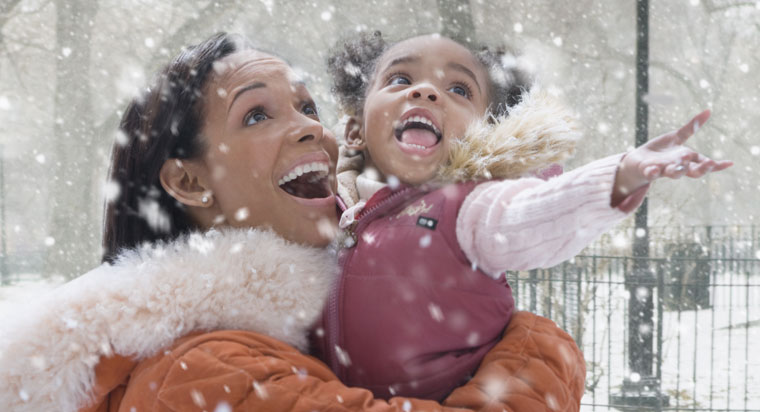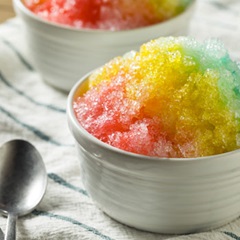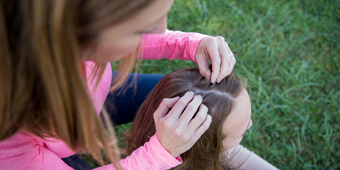Eating Snow: Dangerous Or Delicious?

Answer a few questions and we'll provide you with a list of primary care providers that best fit your needs.
Eating snow is a childhood rite of passage – one that some grown-ups still enjoy. From catching flakes on your tongue to making snow ice cream.
But just what’s in that snow? Could eating it actually be harmful to your health?
As you might have guessed, snow is mostly water. But as it falls, the frozen crystals pick up tiny bits of particles in the air. If you want to know what those particles could be, keep reading. If you’d rather remain blissfully unaware, skip to the next section for the silver lining in this snow-filled cloud.
Research Findings
Yes, scientists have really studied what snow contains. (Although their bigger concern these days is with the smaller amounts of snow falling all over the world due to our warming planet.) Their findings showed that any of the following might show up in last night’s snowfall: dirt; old pesticides; black carbon (soot), which comes from wood-burning stoves and coal-fired plants; and other pollutants such as chemicals from vehicle exhaust.
One study looked at the amount of bacteria in fallen snow. This researcher found that freshly fallen snow — within the first half day after a snowfall — had less bacteria than snow tested two days later. In addition, snowfalls during colder temperatures contained less bacteria.
Also keep in mind that the first flakes of a snowstorm typically contain more contaminants. They scrub the air so that the later falling snow touches down purer.
Keep in mind that the first flakes of a snowstorm typically contain more contaminants. They scrub the air so that the later falling snow touches down purer.
The Good News
On a positive note: The amount of contaminants that snow gathers is so small that eating a handful of the fluffy white stuff is not harmful. One researcher backed up this claim by saying she wouldn’t stop her child from eating snow.
Contaminants are everywhere — in water, in food, in the air. But it’s the concentration and how much you take in that matters.
The contaminant levels of snow vary depending on location, if it’s windy when it’s snowing, and other environmental factors. The findings suggest snow is likely cleaner in more rural areas — unless it falls right next to a pile of manure on a windy day.
 But be smart about what you eat: Researchers caution to stay away from plowed snow — due to sand and chemicals found within — as well as snow that looks dirty. And, of course, the yellow stuff.
But be smart about what you eat: Researchers caution to stay away from plowed snow — due to sand and chemicals found within — as well as snow that looks dirty. And, of course, the yellow stuff.
But there’s no need to worry if your little one brings you a bowl of freshly fallen snow and asks to have a bite.
Dig In!
If you’ve never tried snow recipes, ask a grandma for one. Or look online. Here are a few to search for:
- Snow candy – snow with maple syrup drizzled on top
- Snow ice cream – a combination of snow, milk, sugar, and vanilla
- Snow cones – snow topped with a mixture of sugar, water, and flavoring of your choice
Substitute shaved ice for the snow if you can’t get past the word “contaminants” — or if your neighborhood got only a dusting and you’d still like to enjoy a snowy treat on a wintry day.
Answer a few questions and we'll provide you with a list of primary care providers that best fit your needs.
Sources: NPR; American Council on Science and Health




